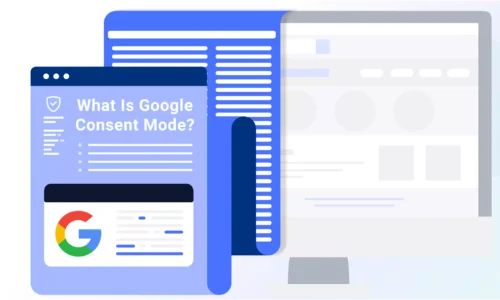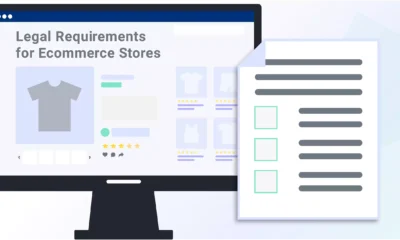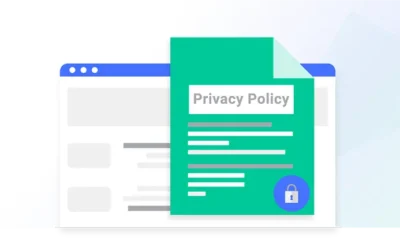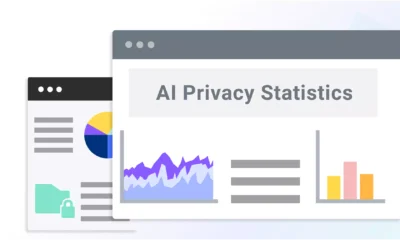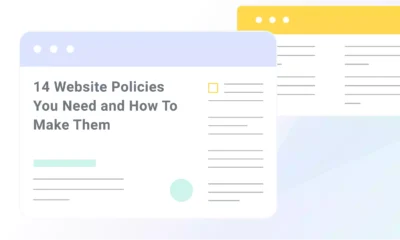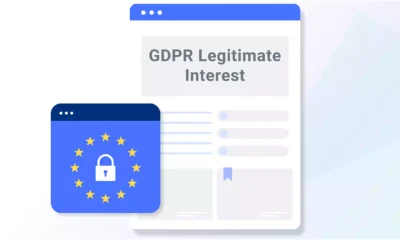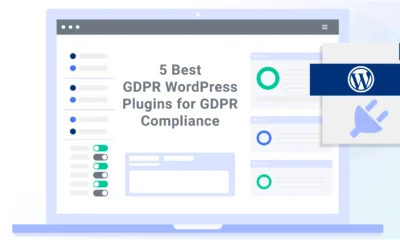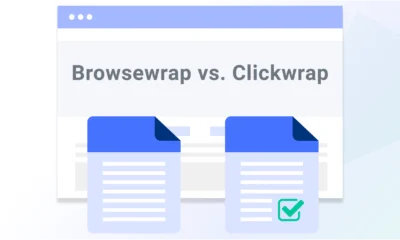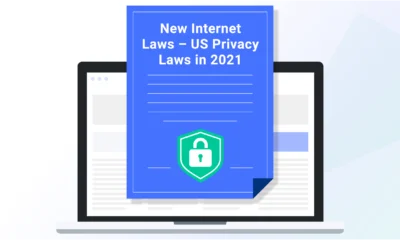To enhance alignment with European privacy and consumer protection laws, Google announced the upcoming release of Google Consent Mode v2.
Anyone using Google services to track the online behavior of users in the European Union (EU) or European Economic Area (EEA) must implement Google Consent Mode v2 by March 2024 to maintain access to the ad personalization, remarketing, and measurement features.
In this guide, learn what Google Consent Mode v2 is, how it differs from the previous version, and how to implement it on your website easily.
What Is Google Consent Mode v2?
Google Consent Mode v2 is an updated mechanism that allows websites to read and adjust Google Tags based on a consumer’s consent preferences regarding personal advertising and analytics trackers.
The updates to Google Consent Mode better align the way consent preferences are communicated to websites with new and existing EU privacy laws like the:
It ensures websites using Google Services obtain adequate consent from EU visitors, adjusting how Google Tags behave based on how consumers interact with a compatible consent banner.
Google Consent Mode v2 Implementation Date
Google requires all websites serving ads to or monitoring the behavior of EU/EEA users to implement Google Consent Mode v2 by March 2024.
Google Consent Mode v2 Key Features
The key feature of Google Consent Mode v2 assists websites with supporting the collection of granular consent, a requirement under the GDPR.
Granular consent means the person you’re obtaining consent from fully understands each specific piece of data being collected from them and how it’s used.
It introduces two additional parameters to Google’s consent mode API:
These are in addition to the existing analytics_storage and ad_storage parameters.
How Do I Implement Google Consent Mode v2?
To implement Google Consent Mode v2, you must use a consent banner on your website.
If you use a Google-certified consent management platform (CMP), the banner will meet all guidelines automatically before the March deadline.
Ensure you’ve enabled Consent Mode in your banner settings, and follow the instructions communicated to you by your CMP provider.
Otherwise, if you build and maintain your own banner, you must manually implement consent mode following Google’s specific technical parameters.
You can then use either basic or advanced consent mode for implementation:
What If You Don’t Implement Google Consent Mode v2?
If you don’t implement GCM v2 before the March deadline, Google Services like Google Analytics 4 and Google Ads won’t capture any data about your new users from the EU or EEA.
Without this data, the effectiveness of your advertising strategies could be severely impacted.
How Is Google Consent Mode v2 Different From v1?
Google Consent Mode v2 is an updated version of the original consent mode and differs by introducing the two additional parameters to Google’s consent mode API, ad_user_data and ad_personalization.
Laws like the GDPR and DMA regulate how entities can collect, process, and use data from EU/EEA users for the purposes of targeted advertising or analytics.
By obtaining their opt-in consent, websites can legally use their information to deliver ads or track their analytics behaviors online.
But if those users don’t consent, Google Consent Mode v2 uses data mapping technology to fill potential gaps in your data without compromising your users’ consent preferences.
The additional parameters introduced from GCM v2 better align the technology with the legal conditions for consent described in the GDPR and the DMA.
Google Consent Mode v2 vs. Google Additional Consent Mode
Google also recently rolled out another technical specification, called Additional Consent, which is not the same as Google Consent Mode versions 1 or 2, despite the similar names.
Additional Consent is meant to be used alongside the Transparency and Consent Framework (TCF), a voluntary framework from the European Interactive Advertising Bureau (IAB Europe).
Implementing Additional Consent allows ad publishers, registered CMPs, and Google partners to obtain user consent in tandem with the TCF for companies not yet registered with IAB Europe’s Global Vendor List.
These companies appear on Google’s Ad Tech Providers (ATP) list.
Check out our helpful guide to learn more about Additional Consent and how it differs from Google Consent Mode versions 1 and 2.
Does Termly Support Google Consent Mode v2?
As a Google CMP partner, Termly’s consent management platform fully supports implementing Google Consent Mode v2.
Plus, our CMP also fully supports the IAB TCF v2.2, making it your all-in-one consent solution.
Google Consent Mode v2 helps websites better align their data collection protocols for targeted advertising and analytics with EU privacy laws.
Because of its advanced data-mapping technology, website owners can respect their users’ consent preferences without compromising the integrity of their data sets.
Overall, these efforts help create a safer online environment for businesses and consumers.
Use Termly’s consent management platform, and you’ll be all set.

